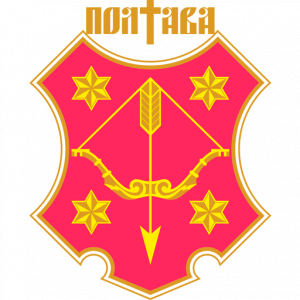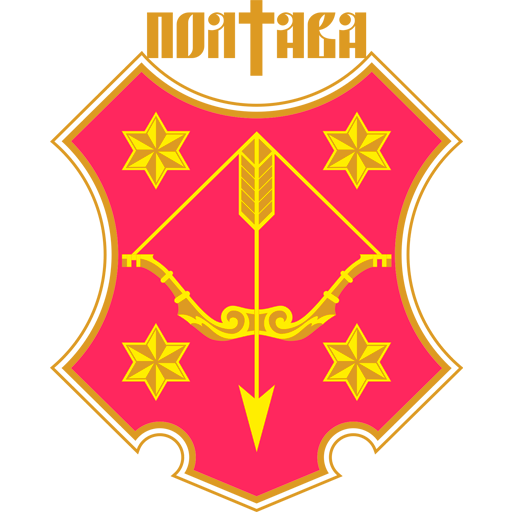
Founded by Northern Slavs in the 9th century. the fortified first settlement on Ivanova Gora marked the beginning of the development of the Old Russian town of the 10th-13th centuries, settlements of the 14th and 15th centuries.
A historical document of 1641 first testified to the existence of Poltava as a city center.
The war of liberation against Poland turned Poltava into the military-administrative center of the Poltava Regiment as part of Hetman Ukraine (from 1648 to 1775).
By the beginning of 1860, a women’s gymnasium, day school, and 5 Saturday and Sunday schools were also opened in the city of 30,000 inhabitants. For them, T. Shevchenko sent 1,000 copies of his “Primer”.
Poltava occupied a prominent and unique place in the capitalist development of Russia in the second half of the 19th century — the beginning of 20th century, which ended with the revolutionary collapse of the empire in 1917. The city did not become industrial, although at the beginning. In 1870, a railway with a depot and workshops appeared in it, and in 1889, an iron foundry.
The main achievement of Poltava was the development of spiritual potential: such outstanding intellectuals as P. Mirnyi, I. Nechui-Levytskyi, V. Korolenko, V. Dokuchaev and V. Vernadskyi, M. Vavilov and M. Sklifosovskyi, M. Vavilov and M. Sklifosovskyi, M. Kropyvnytskyi et al. Educational institutions were replenished with a teachers’ institute, 6 gymnasiums, 5 schools, 2 theological schools, 6 zemstvo schools, 27 parochial and 19 Jewish schools, 5 clubs and 8 libraries, 4 printing houses and 2 publishing houses (in which the full edition of “Kobzar” and various pedagogical literature), the Natural History Museum of the Poltava Provincial Zemstvo, a branch of the Russian Musical Society with its own symphony orchestra and music school. The Academic Archival Commission and the Church-Archaeological Committee were actively working in Poltava. The activities of the least progressive Poltava provincial zemstvo in Ukraine gained wide publicity.
The opening of the monument to I. Kotlyarevskyi in 1903 united the leading intelligentsia of Ukraine in Poltava.
During the revolutionary events of 1917-1920, Poltava did not become a political center, its spiritual potential at that time was marked by ideological upheavals that were properly appreciated only at the end of the 20th century.
The 1920s and 1930s in the history of Poltava were marked by gradual industrialization.
In 1939, 83 industrial enterprises were operating in the city, the volume of production of which was 20 times higher than the pre-revolutionary level. From 1935, the reconstruction of the city began, and by 1941, 25 multi-story buildings had been built in it, the water supply was expanded, a power plant and sewerage system were built, buses appeared on the streets, and radios blared in the houses.
The disaster of the fascist occupation of Poltava, which became the headquarters of Army Group “South” and which Hitler visited, turned a significant part of the achievements into ruins.
The post-war restoration of Poltava took place in the 1950s, later gasification of the city began, and television appeared.
Modern Poltava is one of the centers of the industrial and construction industry.




